Area Worksheets 4th Grade
Are you a 4th-grade teacher or parent looking for engaging and educational materials to help your students or child master the concept of area? Well, search no more! In this blog post, we will explore a variety of worksheets that focus on the topic of area, providing valuable practice and reinforcement for young learners.
Table of Images 👆
More 4th Grade Worksheets
4th Grade Elapsed Time WorksheetsIrregular Plural Worksheets 4th Grade
Rotational Symmetry Worksheets 4th Grade
Simple Circuit Worksheets 4th Grade
Long Division with Remainders Worksheets 4th Grade
Fourth Grade Reading Comp Worksheets
Reading Response Worksheets 4th Grade
4th Grade Essay Writing Worksheets
Worksheets 4th Grade Narrative Writing
What is the area of a rectangle with a length of 5 units and a width of 3 units?
The area of a rectangle with a length of 5 units and a width of 3 units is 15 square units. This can be calculated by multiplying the length (5 units) by the width (3 units), which gives us 15 square units as the total area.
Calculate the area of a square with a side length of 6 units.
The area of a square is calculated by squaring the length of one of its sides. In this case, with a side length of 6 units, the area of the square would be 6 units multiplied by 6 units, which equals 36 square units.
Find the area of a triangle with a base of 8 units and a height of 4 units.
To find the area of a triangle, you can use the formula A = 1/2 * base * height. Substituting the given values, the area of the triangle is: A = 1/2 * 8 units * 4 units = 16 square units. Therefore, the area of the triangle with a base of 8 units and a height of 4 units is 16 square units.
A rectangular garden has a length of 10 units and a width of 7 units. What is the area of the garden?
The area of the rectangular garden is calculated by multiplying the length and width of the garden. In this case, the length is 10 units and the width is 7 units. Therefore, the area of the garden is 10 x 7 = 70 square units.
Calculate the area of a parallelogram with a base of 12 units and a height of 9 units.
To calculate the area of a parallelogram, you multiply the base by the height. In this case, the base is 12 units and the height is 9 units. Therefore, the area of the parallelogram is 12 units x 9 units = 108 square units.
Find the area of a trapezoid with bases measuring 4 units and 7 units, and a height of 5 units.
The area of a trapezoid can be calculated using the formula A = (1/2)h(b1 + b2), where A is the area, h is the height, b1 and b2 are the lengths of the bases. Plugging in the values provided, the area of the trapezoid would be A = (1/2)(5)(4 + 7) = (1/2)(5)(11) = 27.5 square units. Therefore, the area of the trapezoid is 27.5 square units.
A square room has a side length of 9 feet. What is the area of the room?
To find the area of the square room, you need to square the side length. In this case, the side length is 9 feet, so the area would be 9 feet * 9 feet = 81 square feet. Therefore, the area of the room is 81 square feet.
Calculate the area of a circle with a radius of 5 centimeters.
To calculate the area of a circle, you use the formula A = ?r^2, where A is the area and r is the radius. Plugging in the radius of 5 centimeters, the area would be A = ?(5)^2 = 25? square centimeters, which is approximately 78.54 square centimeters.
Find the area of a regular hexagon with a side length of 8 units.
The area of a regular hexagon can be calculated using the formula (3?3/2) * side length squared. Plugging in the given side length of 8 units, the area of the regular hexagon is approximately 165.85 square units.
A triangular prism has a base with a height and base measuring 6 units and 4 units, respectively. If the prism height is 10 units, what is its total surface area?
To calculate the total surface area of a triangular prism, you need to find the area of both triangular bases and the three rectangular faces. The area of each triangular base is 1/2 * base * height, which is 1/2 * 4 * 6 = 12 square units for each base. The area of each rectangular face is base * height, which is 6 * 10 = 60 square units for each face. Since there are 3 rectangular faces, the total area of the rectangular faces is 3 * 60 = 180 square units. Therefore, the total surface area of the triangular prism is the sum of the areas of the two triangular bases and the three rectangular faces, which is 12 + 12 + 180 = 204 square units.
Have something to share?
Who is Worksheeto?
At Worksheeto, we are committed to delivering an extensive and varied portfolio of superior quality worksheets, designed to address the educational demands of students, educators, and parents.





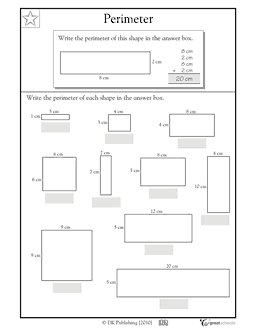
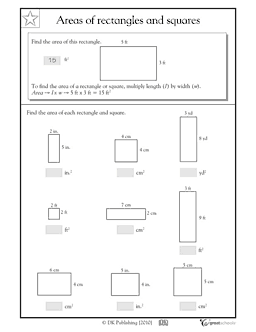
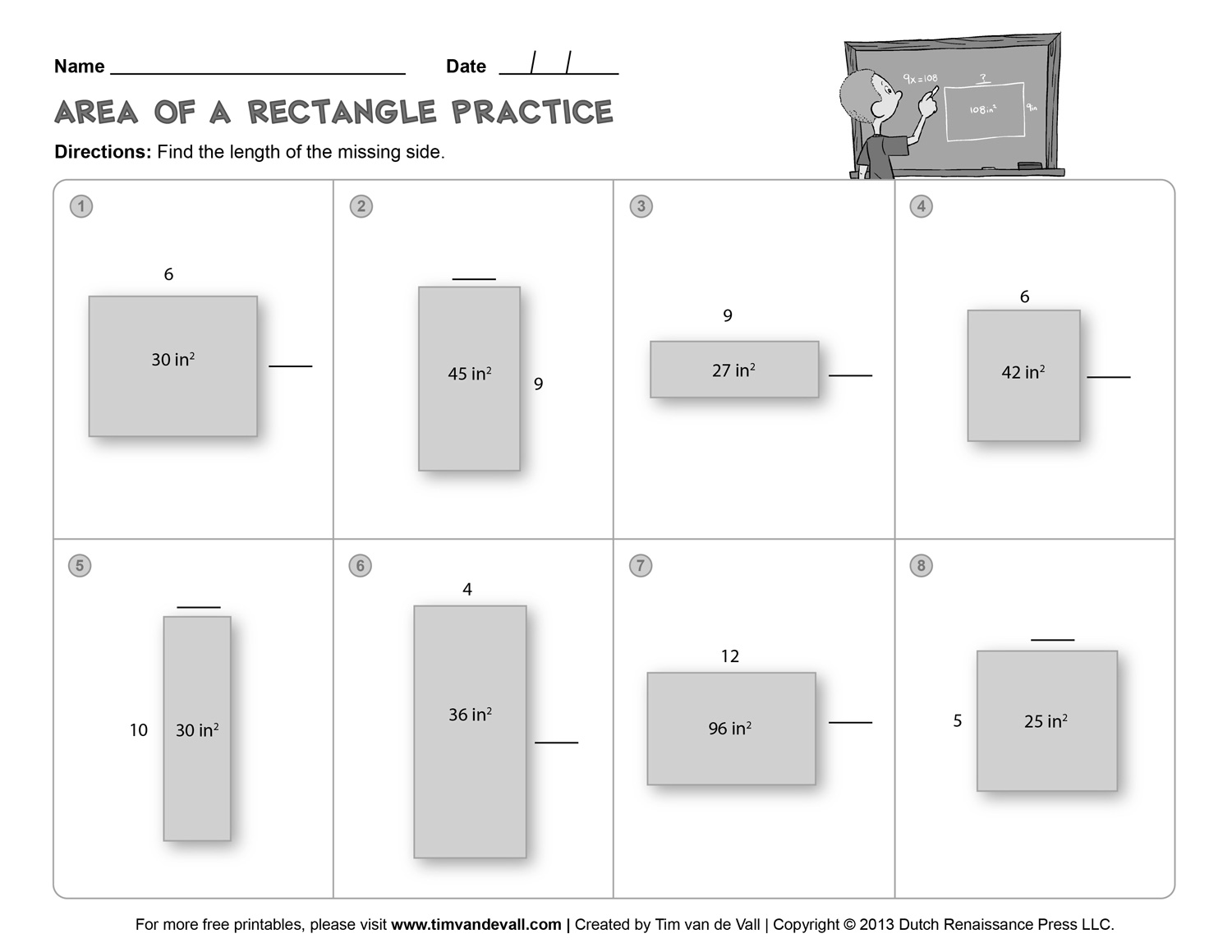
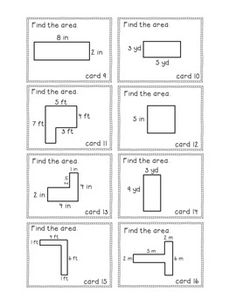
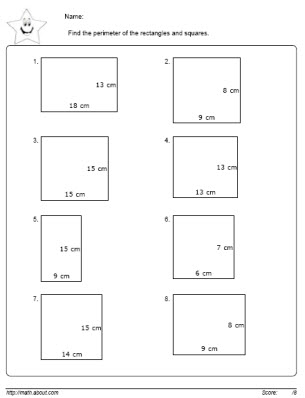














Comments